MercoPress. South Atlantic News Agency
Tag: oil production
-
Tuesday, August 8th 2023 - 10:36 UTC
Argentina: mining and crude oil production grow in first semester of 2023
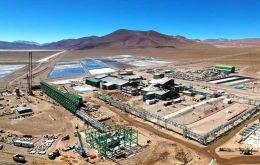
According to a study by Argentina's National Institute of Statistics and Census (Indec) released Monday, the mining industrial production index (IPI minero) reported a 10.7% year-on-year increase from June 2022 while crude oil production rose 8.2% interannually. Overall, industrial production of hydrocarbons and mining had an 11% increase in the first semester of 2023.
-
Thursday, December 8th 2022 - 17:15 UTC
New Mexico set to overtake Mexico's crude oil production this month
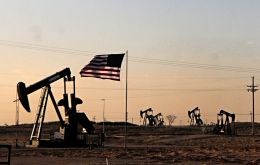
The state of New Mexico is expected to overtake Mexico’s crude oil production in the current month, according to commodity analysts projected report at Standard Chartered.
-
Tuesday, November 1st 2022 - 09:57 UTC
Biden calls oil producers to lend a hand and share earnings
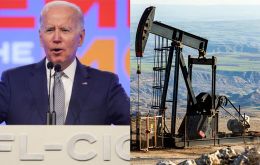
US President Joseph Biden Monday urged oil producers to stop “war profiteering,” after record gains amid rampant inflation and global crisis.
-
Wednesday, January 5th 2022 - 10:00 UTC
OPEC+ keeps to schedule and will add 400,000 bpd oil production In February
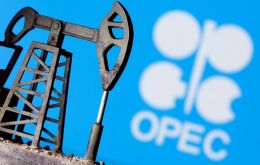
By Tsvetana Paraskova for Oilprice.com – The OPEC+ group decided on Tuesday to add another 400,000 barrels per day to its total oil production in February in a widely expected move to continue easing the cuts each month.
-
Thursday, November 18th 2021 - 03:42 UTC
OPEC+ Raised Oil Production by more than 400,000 BPD in October

By Tsvetana Paraskova for Oilprice.com – Led by production increases in Saudi Arabia and Russia, the OPEC+ group raised its October oil output by 490,000 barrels per day (BPD), TASS news agency quoted the International Energy Agency as saying in its monthly report on Tuesday.
-
Friday, October 22nd 2021 - 08:40 UTC
Argentine province of Neuquén produces highest amounts of oil in 17 years
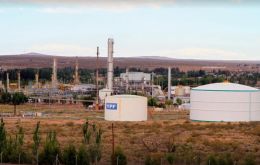
Thanks to the increasing output from Vaca Muerta, the Argentine province of Neuquén Thursday announced it had extracted an average of 213,808 barrels per day (BPD) during September of 2021, which represented a 40.19% increase against last year's figures.
-
Monday, January 4th 2021 - 04:55 UTC
Opec meeting via videoconference to decide on February production level

Members of the Opec group of oil producers and their partners will meet via videoconference next Monday to decide on production levels for February, hoping to turn the corner on a difficult year. The Opec+ ministerial meeting comes after oil consumption tanked in 2020 due to the Covid-19 pandemic and a price war between Saudi Arabia and Russia.
-
Wednesday, May 13th 2020 - 07:46 UTC
Guyana's second offshore facility FPSO on schedule for first oil in 2022
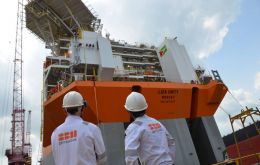
Liza Unity, an under-construction FPSO that will be Guyana's second offshore facility in production, remains on schedule for first oil in 2022, Hess Corp. announced. Guyana became an oil-producing nation in December 2019, when Exxon brought online the Liza Destiny FPSO.
-
Tuesday, May 12th 2020 - 07:46 UTC
Saudi Arabia to cut oil production to a decade record low of 7,5 million bpd
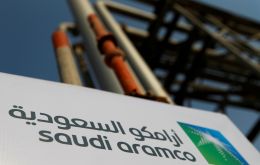
Saudi Arabia said on Monday it had asked oil giant Aramco to cut an additional one million barrels per day from June, to support prices that have crashed during the coronavirus crisis.
-
Saturday, April 11th 2020 - 10:18 UTC
YPF slashes oil production 50% as consumption slumps and depots are overflowing
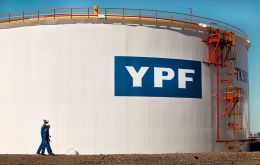
Argentina’s state-held energy firm YPF slashed by 50% the oil production from its key development area in the vast Vaca Muerta shale play this week due to tumbling fuel demand in Argentina’s lockdown, local news outlet Rio Negro reports.
